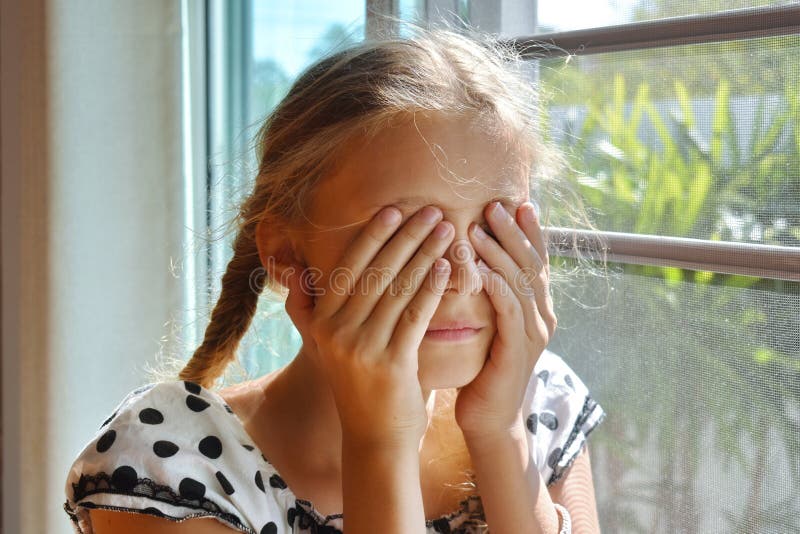
Now write them together to create the word mitten. Write mit and ten on separate lines of a piece of paper. It is made up of two CVC words: mit and ten. Let’s start with CVC words and build more complex words to start.Ī word like mitten is perfect for introducing closed syllables. These words follow the CVC word pattern, which means Consonant – Vowel – Consonant.

Most early elementary students are familiar with words like cat, mat, pig, man, etc. Once your child is comfortable with what a syllable is and can easily break words into syllables, they are ready to move on to closed syllables. Write several words like this (two-syllable words work best for this warm-up) and then you can practice making up nonsense words by switching the syllables around. Next, have them practice reading the individual syllables by separating the cards.

When I put the cards together your son or daughter can read the word. “Ba” would go on one index card and “by” on the other. For example, I might write the word “baby” on two index cards. You can practice breaking words up into syllables by clapping to get them warmed up.Īnother great way to warm up is to write syllables on small index cards. Teaching Closed Syllablesīe sure that your child has a good sense of what a syllable is – a “word chunk” containing one vowel or vowel sound. Luckily, they are words that most children learn to read and recognize quickly. It is a good idea to introduce these words to your son or daughter, so he or she can quickly recognize them as long vowel closed syllables. – old: mold, told, cold, bold, fold, gold, scold, sold, hold – ind: kind, mind, bind, find, blind, grind, rind, wind, behind These words all have at least one closed syllable that contains a long vowel sound. A closed syllable is when a vowel is “closed in” by a consonant (or consonants) after the vowel and the vowel usually makes the short vowel sound. Just like with everything else in the English language, there are exceptions when it comes to closed syllables.

#CLOSED HANDS KIDS HOW TO#
If they have never seen the word before, they may struggle with how to pronounce it.īut, if your son or daughter is familiar with the rules of closed syllables, they would know that both syllables have a short vowel sound since both com and bat are closed syllables. Let’s say your child is reading and they come across the word combat. It helps with pronunciation and spelling (and writing). Knowing whether a syllable is closed or open can help students when they encounter new words. More than one consonant can also close in the vowel, such as in words like wish or insect. Open Syllables have long vowel sounds.ĬVC words are generally closed syllables such as cap, bug, bat, and, and mit. Closed syllables typically have a short vowel sound. They are called closed syllables because the vowel (or vowel sounds) is “closed in” by consonants on either side. Put quite simply, a closed syllable is a syllable where the vowel sound is followed by a consonant (or consonant sound).
#CLOSED HANDS KIDS FREE#
(To get the free activities and printables, you can sign up in the box at he bottom of this post.) What is a Closed Syllable?


 0 kommentar(er)
0 kommentar(er)
